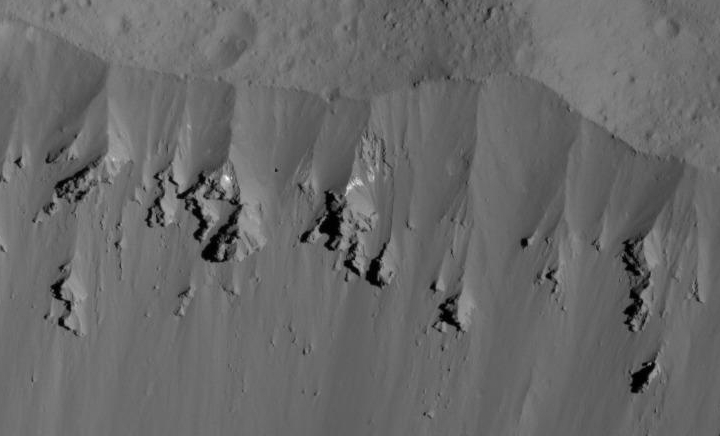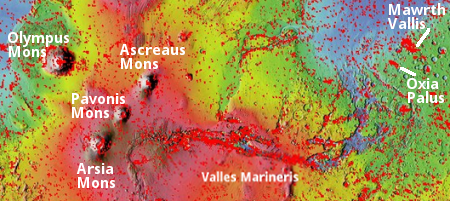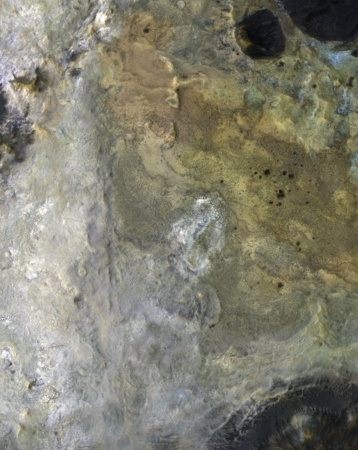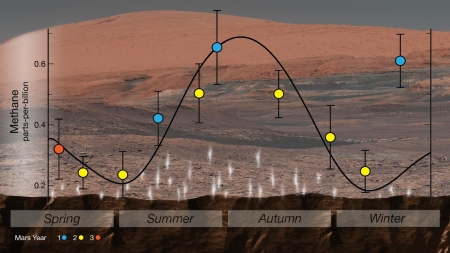UCLA students file criminal complaints against violent meeting disruptors
After seeing no action by UCLA for weeks after protesters disrupted and shutdown a pro-Israel meeting at the university, the students have now begun filing criminal complaints directly with the police.
After the media disclosure [that UCLA had done nothing], numerous students stepped forward to file complaints. The first was Justin Feldman, president of the SSI chapter at Santa Monica College, enrolled at UCLA for the fall semester. Feldman stated he feared for his personal safety during the incident. On June 11, Feldman, who had previously completed a StandWithUs [SWU] high school training program, appeared at the UCLA police department accompanied by Yael Lerman, SWU legal director, to formally file his complaint.
More than a few of the students harassed during the May 17 event were trepidatious about filing a police report. But, according to Lerman, the police made the whole process “comfortable,” acting “helpful and respectful.” After a short wait at the station, officers Robert Chavez and Lowell Rose escorted Feldman into a small room where his report was taken during an hour-long interview in what Lerman described as an “unrushed” session.
Lerman credited Feldman for his actions. “What Justin did in filing was critical in moving the process forward. The [UCLA] administration has known about this for weeks and has chosen not to move this forward. So now the students have to.”
There is video of the protest at the link. It shows a man tearing down one flag and appearing to physically threaten one of the speakers. A mob, following him into the room, then begins chanting (using bullhorns) and blowing whistles. (The main chant, “Palestine will be free, from the river to the sea,” invokes for me many previous bigoted and hateful proclamations by the Arabs that they intent to drive all the Jews “into the sea” to get rid of them.) The police finally arrive, but appear somewhat uninterested in stopping the disruption or allowing the event to continue. Eventually the brownshirts move out into the hall, but continue to chant and make noises, including banging on the door of the classroom where the event was being held. The police continue to do nothing.
This might be a significant development. The article cites several specific California laws that were violated by these protesters. If conservative event organizers and participants begin filing formal criminal complaints every time their event gets shut down by these violent thugs, they might finally force some action by the government and university to stop this misbehavior.
After seeing no action by UCLA for weeks after protesters disrupted and shutdown a pro-Israel meeting at the university, the students have now begun filing criminal complaints directly with the police.
After the media disclosure [that UCLA had done nothing], numerous students stepped forward to file complaints. The first was Justin Feldman, president of the SSI chapter at Santa Monica College, enrolled at UCLA for the fall semester. Feldman stated he feared for his personal safety during the incident. On June 11, Feldman, who had previously completed a StandWithUs [SWU] high school training program, appeared at the UCLA police department accompanied by Yael Lerman, SWU legal director, to formally file his complaint.
More than a few of the students harassed during the May 17 event were trepidatious about filing a police report. But, according to Lerman, the police made the whole process “comfortable,” acting “helpful and respectful.” After a short wait at the station, officers Robert Chavez and Lowell Rose escorted Feldman into a small room where his report was taken during an hour-long interview in what Lerman described as an “unrushed” session.
Lerman credited Feldman for his actions. “What Justin did in filing was critical in moving the process forward. The [UCLA] administration has known about this for weeks and has chosen not to move this forward. So now the students have to.”
There is video of the protest at the link. It shows a man tearing down one flag and appearing to physically threaten one of the speakers. A mob, following him into the room, then begins chanting (using bullhorns) and blowing whistles. (The main chant, “Palestine will be free, from the river to the sea,” invokes for me many previous bigoted and hateful proclamations by the Arabs that they intent to drive all the Jews “into the sea” to get rid of them.) The police finally arrive, but appear somewhat uninterested in stopping the disruption or allowing the event to continue. Eventually the brownshirts move out into the hall, but continue to chant and make noises, including banging on the door of the classroom where the event was being held. The police continue to do nothing.
This might be a significant development. The article cites several specific California laws that were violated by these protesters. If conservative event organizers and participants begin filing formal criminal complaints every time their event gets shut down by these violent thugs, they might finally force some action by the government and university to stop this misbehavior.








